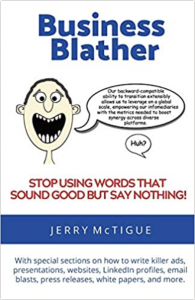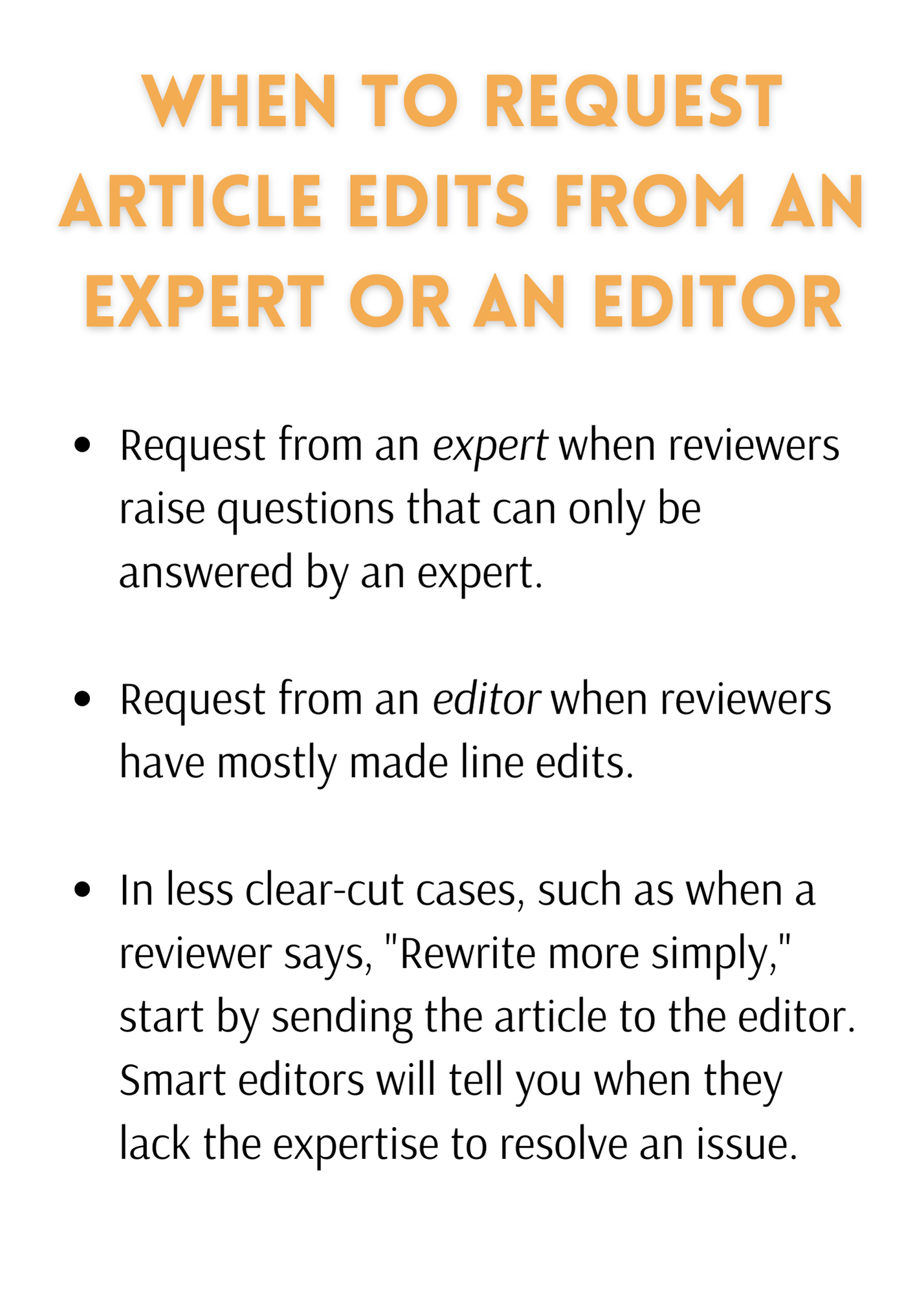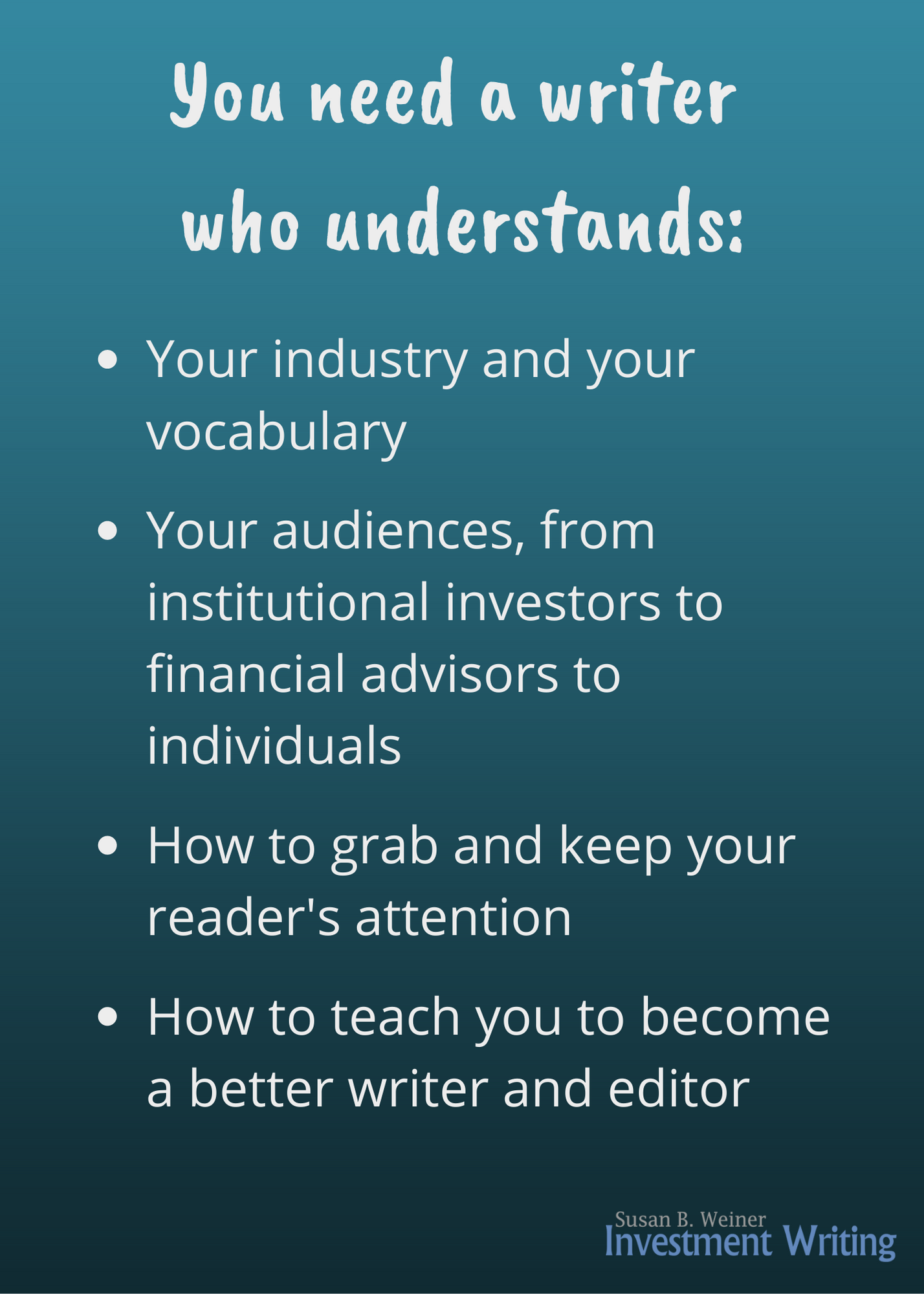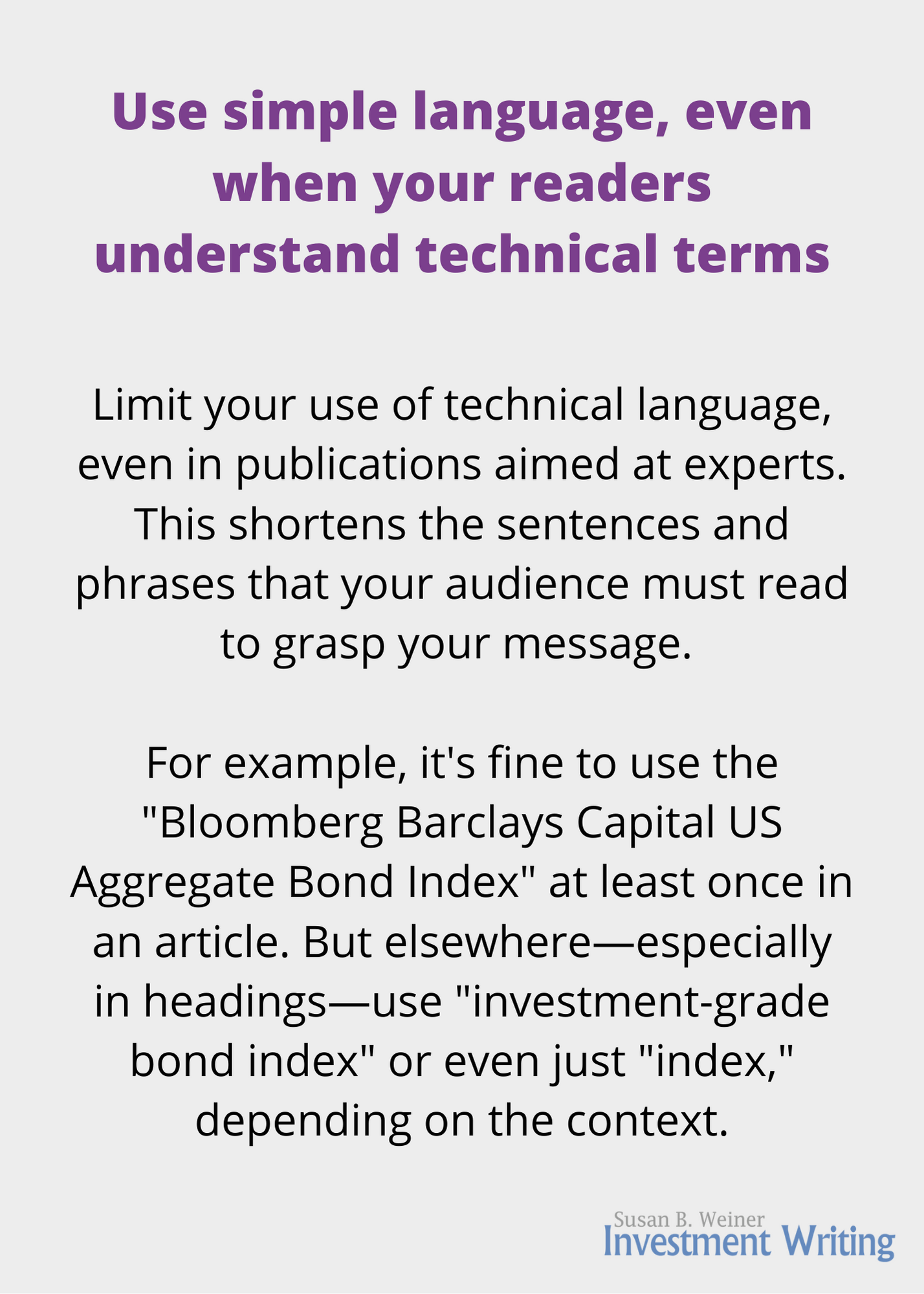What do sidebar and ESG have in common?
Do you know the answer to the question I posed in the title of this blog post? Both “sidebar” and “ESG” are words that people in some fields immediately understand, but they perplex many other people. “Sidebar” refers to area of text, often placed in a box, to the side of an article. “ESG” is short for “environmental, social, and corporate governance.” Being aware of people’s limited comprehension should influence how you write.
My research on technical terms
When I ask people if they know the meaning of “sidebar” and “ESG,” the results are mixed.
My writer friends mostly understand “sidebar,” and my financial colleagues mostly understand “ESG.” But I’m not convinced that those two populations overlap a lot. At least not outside of financial writers, writers who believe in socially responsible investing, and financial folks who work closely with editors as they write for publication. I imagine that far fewer members of the general public understand both words.
What’s a writer to do?
I’m a big believer in briefly defining technical terms, as I’ve discussed in “Plain language: Let’s get parenthetical.” Thus, I write “environmental, social, and corporate governance (ESG)” when using the term with any audience that may not be familiar with the term. Sure, many audience members may understand the abbreviation, but my short definition won’t hurt their reading experience. They’re probably used to glossing over the spelled-out version of ESG.
I could explain “sidebar,” but I’ve found a solution I like better. Instead, I now use a handy workaround. I replace “see sidebar” with “see ‘TITLE OF SIDEBAR ARTICLE’ below.” It’s easy for the reader to scan for the title, without wondering, “What the heck is a sidebar?”

 This blog post was inspired by a section in
This blog post was inspired by a section in 


